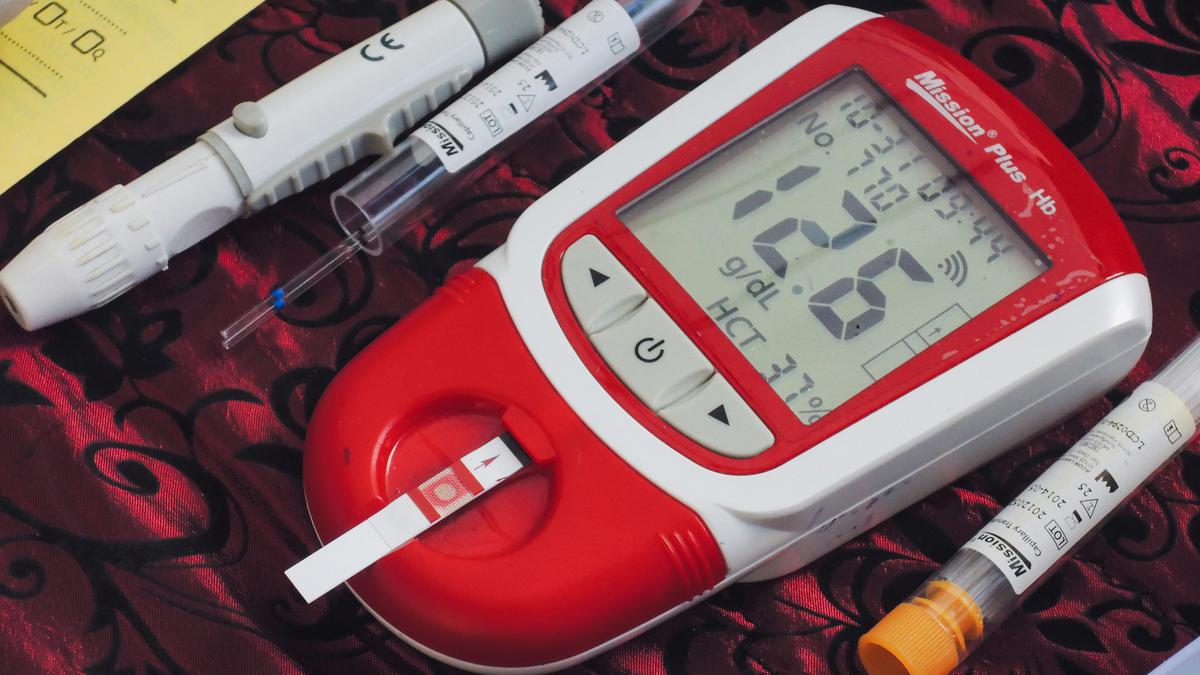
What is the HbA1C test and why is it used to check for diabetes? | Explained Premium
The Hindu
India faces a diabetes crisis, with over 10 crore diabetics and 13.6 crore pre-diabetics, highlighting the importance of HbA1C testing. This article explains how the test works, when patients should use it, and its limitations.
India is estimated to have 10.13 crore people with diabetes, and another 13.6 crore people who are pre-diabetic, according to a nationwide study published in 2023. This apart, over 35% of Indians suffer from hypertension and nearly 40% from abdominal obesity, both of which are risk factors for diabetes. India accounts for 17% of all diabetes patients in the world.
Prevention and early detection are key to helping combat this non-communicable disease burden, experts say. One of the most commonly-used tests to diagnose pre-diabetes and diabetes (both type 1 and type 2) and to help manage diabetes, is the haemoglobin A1C (HbA1C) test, also known as the glycated haemoglobin or glycosylated haemoglobin test.
Sugar enters your bloodstream from the food you eat. The sugar, or glucose, attaches to the haemoglobin in your red blood cells. Haemoglobin is a protein that transports oxygen to all the cells of your body.
Everybody has some sugar attached to their haemoglobin. Those with pre-diabetes and diabetes, however, have more. The HbA1C test measures the percentage of your red blood cells that have sugar-coated, or glycated, haemoglobin.
A paper was published in the Cleveland Clinic Journal of Medicine in 2016 entitled ‘The role of haemoglobin A1c in the assessment of diabetes and cardiovascular risk’. It stated: “HbA1c was first discovered in 1955, but elevated HbA1c levels in diabetes patients were not noted until 1968. Another eight years passed before HbA1c was correlated with blood glucose values in hospitalised patients with diabetes and was proposed for monitoring glycemia.”
During the first few years of clinical use, the paper said, HbA1c measures were inconsistent. But as the importance of precise HbA1c measurements became apparent through studies that revealed better patient outcomes and mortality associated with lower average HbA1c, the need to reduce error margins in measurement became apparent.
Following programmes to regulate HBA1c measurements and calibrate them to reference standards, standardisation and accuracy greatly improved from 1993 to 2012, the paper noted.





















 Run 3 Space | Play Space Running Game
Run 3 Space | Play Space Running Game Traffic Jam 3D | Online Racing Game
Traffic Jam 3D | Online Racing Game Duck Hunt | Play Old Classic Game
Duck Hunt | Play Old Classic Game











